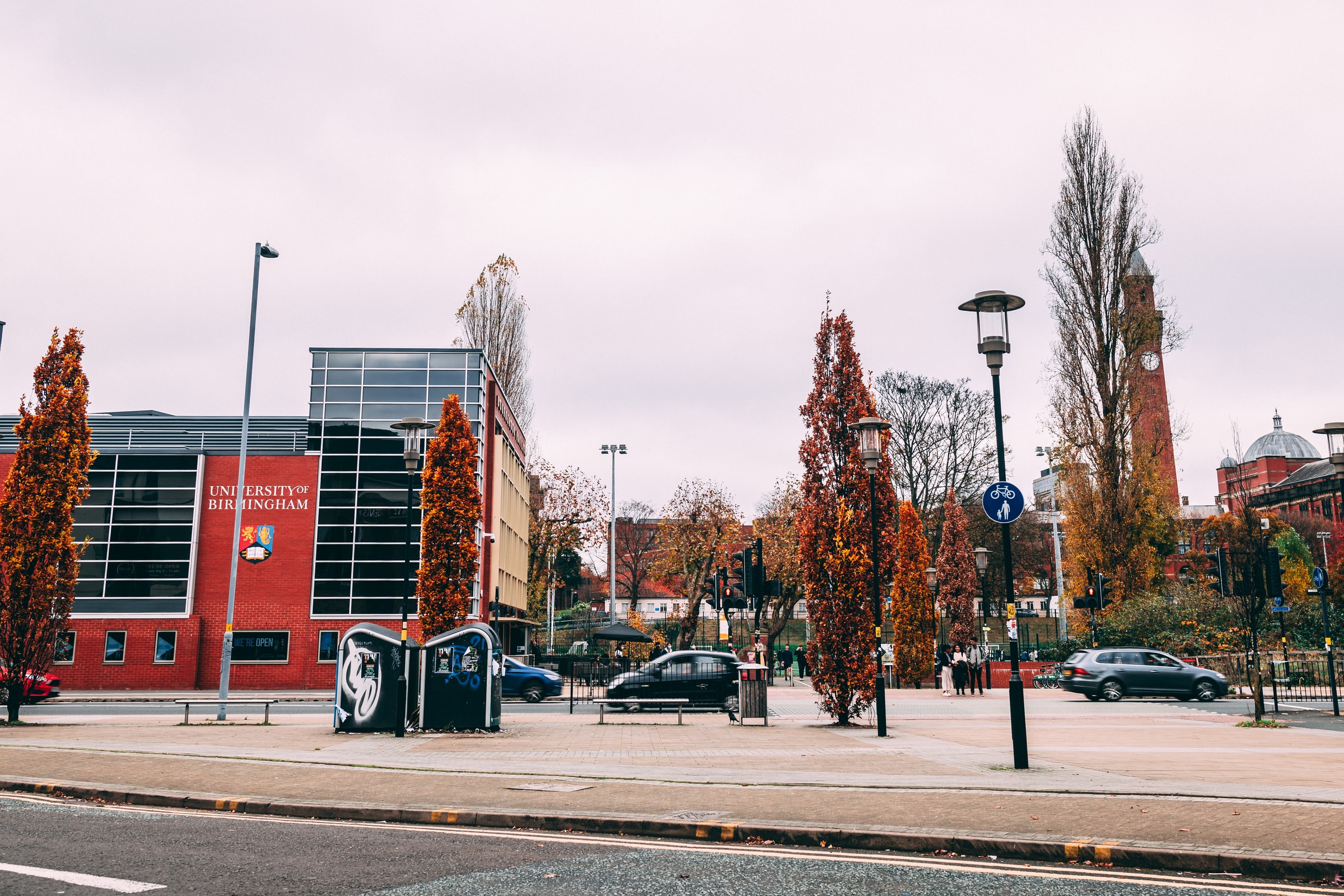
Life&Style’s Charlotte Illingworth praises Pinterest’s search tool which enables users to filter their searches by skin tone, arguing that this is a positive step in tackling white-centric algorithms on the platform
Recent developments on the site have given Pinners the ability to refine the range of skin tones in their searches
Pinterest is a virtual epicentre of the aesthetic and artistic, whether that be fashion, beauty, homeware or photography. Millions of users visit the site every day in search of inspiration, therefore it comes as no surprise that new algorithms and features of the site have taken audiences by storm with their capacity to tailor browsing and shopping experiences for each individual user. Recent developments on the site have given Pinners the ability to refine the range of skin tones in their searches for beauty products and make-up inspiration, in order to capture results that are more relatable and desired. For example, a search of ‘olive skin purple lipstick’ will return accurate results, whilst ironing out a typically overwhelming number of images of white skin. Not only this, but the recent introduction of an augmented reality technology accommodates the virtual trying on of lipstick with more than 10,000 shoppable shades. These new features recognise that Pinterest’s key tenet is inspiration for artistic expression, it is difficult to maintain this mantra if all users do not feel suitably represented. The potential to modify search results in order to accommodate each user with a more unique and appropriate browsing experience is therefore central to the appeal of narrowed search results.
Following suit of Instagram, Pinterest have relatively recently altered their site and its function to promote businesses and commercial activity in aid of online shopping, with an increase of hyperlinks and ads that direct us to a multitude of sites such as Feelunique and John Lewis. With an increasingly clear demand for diversified search results over the years, Pinterest have recognised that new algorithms and narrower searches are highly successful in enhancing the commercial growth of the site through their ability to amass a larger and more diverse demographic of pinners-turn-customers.
Pinterest appears increasingly aware of the structural lack of inclusivity that is often maintained by its algorithms
Although such diversification is therefore arguably in the interest of profit, these new search tools simultaneously work to reduce the typically white-centric nature of Pinterest. In this sense Pinterest appears increasingly aware of the structural lack of inclusivity that is often maintained by its algorithms. However, this algorithmic bias is not unique to Pinterest, as is outlined by Safiya Noble- author of Algorithms of Oppression. Noble states that simple google image searches such as ‘beautiful girl’ return a notably whitewashed selection of results, whilst searches such as ‘black girl’ return images that are habitually derogatory. Examples such as these call into question algorithmic biases in terms of Pinterest’s routinely white-washed lack of diversity. But where does the responsibility lie? Do we blame Pinterest and the content it promotes? Or do we blame the apparent demand of the site’s users? After all, algorithms are typically designed to reflect the data that they receive.
Biases tend to develop depending on the composition of site users and their searches
Even if companies such as Pinterest intend to promote inclusivity of their content and their users, biases tend to develop depending on the composition of site users and their searches. This means that if users search for ‘hairstyles’ on Pinterest and are met with a predominantly white-centric selection of results, their further engagement with these images informs the algorithm that these results are in demand, when in fact the lack of diversity on the site leaves users with few alternative images to engage with. What Pinterest is spearheading now, however, is an attempt to regulate these algorithmic biases by providing Pinners with a means to engage more easily with diverse results, thus informing the site’s algorithm that results such as type 4 hair are equally as relevant as type 2 in a general search for ‘updos’. This is definitely a positive step forwards however arguably should have come much sooner.
The current absence of diversity in response to a superficial lack of demand within make-up and beauty orientated searches of Pinterest is similarly notable in drugstores. A quick lap around Superdrug or Boots will leave you with the impression that customers with darker skin tones are predominantly uninterested in the cosmetics industry, as there is a distinct lack of foundations and concealers that are appropriate. This impression of the beauty industry confirms that demand for a product or search result can only really be distinguished if there is a suitable product to demand in the first place – the immense popularity of Rihanna’s Fenty beauty collection is a perfect example of this. Pinterest certainly has a long way to go in terms of evading its white-centric reputation, but these new introductions of skin-tone filters are a good place to start, and will hopefully set an example for similar sites to follow. Now that Pinners can illuminate demand more easily, the site’s ties with cosmetic retailers shows promise in encouraging more expansive inclusivity in the beauty industry, both online and on the high street.
Liked this article? We think you’ll enjoy these:
P. Louise: When Cancel Culture Turns to Profit
Catfish and the Patriarchy: Why We Need to Stop Shaming Women

Comments